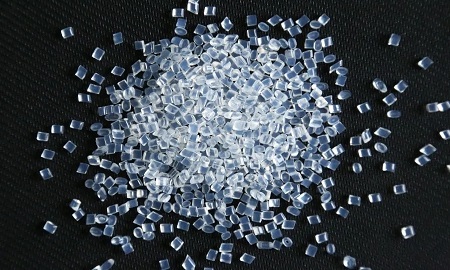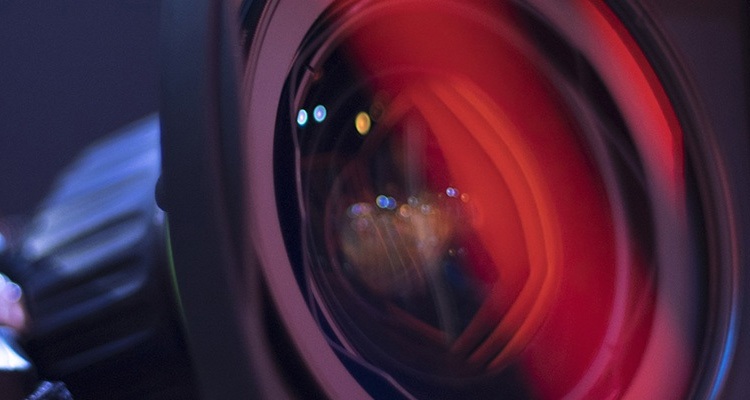Transparent ABS
Transparency of plastics
When the light hits the plastic surface, it will reflect, absorb and scatter light, and the rest of the light will penetrate the plastic to form transmission light. When the scattering behavior of transmitted light is low and the scene behind the plastic can be clearly imaged, we call the plastic transparent. Light transmittance and haze are two main indicators to measure the transparency of plastics. Among them, the transmittance is defined as the fraction of incident light that passes through the object and does not shift. Generally speaking, the higher the transmittance of a material, the better its transparency. The haze is the standard to evaluate the degree of fuzziness of a material and the index to measure the light scattering of a material. Generally speaking, the light transmittance is inversely proportional to the haze, that is, materials with high light transmittance have low haze; vice versa. However, the relationship between the two is not always the same, and sometimes there are contrary conclusions. For example, the light transmittance of ground glass is high, but its haze is also high. Therefore, transmittance and haze are two independent and interrelated optical indicators.

Transparency Mechanism of MABS
MABS is the abbreviation of transparent ABS, and its light transmittance can reach more than 85%. ABS is the abbreviation of acrylonitrile, butadiene and styrene. Ordinary ABS is opaque because there is a difference in the refractive index between the two phases of ABS, that is, the phase of polybutadiene rubber graft copolymer and the phase of SAN resin, resulting in light scattering effect, which makes the material lose transparency. The transparency of ABS is determined by the difference between the particle size of grafted rubber and the refractive index of two phases.
There are two ways to make ABS transparent:
1) The particle size of rubber phase shall be controlled so that it is smaller than the wavelength of visible light, generally less than 200nm, and the diffuse reflection light within the visible light range shall be minimized.
2) Reduce the refractive index of the resin phase and increase the refractive index of the rubber phase to match the refractive index of the two phases. Generally, when the refractive index difference between the two phases is less than 0.009, enough transparency can be achieved. In order to improve the refractive index of rubber phase, styrene butadiene rubber is generally selected, and its styrene content should be 20%~45%; In order to reduce the refractive index of the resin phase, methyl methacrylate is usually introduced.
However, it should be noted that too small rubber particle size will affect the toughness of ABS, so the rubber particle size is usually controlled at the lower limit of visible light wavelength. In addition, in order to solve the contradiction between the transparency and impact strength of MABS, small particles of styrene butadiene rubber are agglomerated into clusters of secondary particles, and the small particles are connected with each other through branch chains. This chemical combination makes the rubber phase cluster particles of the resin not disperse after mixing at high temperature. Clustered particles do not affect the passage of light. Light can pass through small particles, making MABS transparent and impact resistant.
Application Status of MABS
MABS is a high-strength plastic with both mechanical properties and transparency of ordinary ABS resin. Its production cost is equivalent to that of ordinary ABS resin, and its comprehensive performance is superior to that of other ordinary acrylic transparent materials, including MBS resin and K resin. MABS resin can be used to manufacture some important components, such as optical disk, optical fiber, light-emitting diode and other transparent materials. It is also widely used in various home appliance shells, toys, decorations, auto parts, syringes and transparent electric tools. In addition, because its products can be electroplated, hot plated and vacuum metal sprayed, it can also replace some metal parts and plastic parts. Therefore, it has broad application prospects in electrical appliances, instruments, automobiles, medical devices and electronic industries. It can be said that MABS is one of the most valuable ABS products.
At present, MABS mainly depends on imports. Compared with the status quo abroad where development is active and rapid, the development of MABS resin in China started late and developed slowly. Foreign manufacturers mainly include: Japanese Synthetic Rubber Company, Japanese Silk Manufacturing Company, BASF, DOW Chemical, LG Chemical, Taiwan Qimei, etc. Domestic research institutions include PetroChina Lanzhou Petrochemical Research Institute, Daqing Petrochemical Complex, Jilin Petrochemical, etc. At present, significant progress has been made in the development of domestic MABS, and pilot production of some product lines has been completed. It is believed that with the continuous maturity of domestic MABS production technology, the decline of sales costs, and the growing demand for transparent plastics in the domestic toy and home appliance markets, the application prospect of MABS will be even broader.


